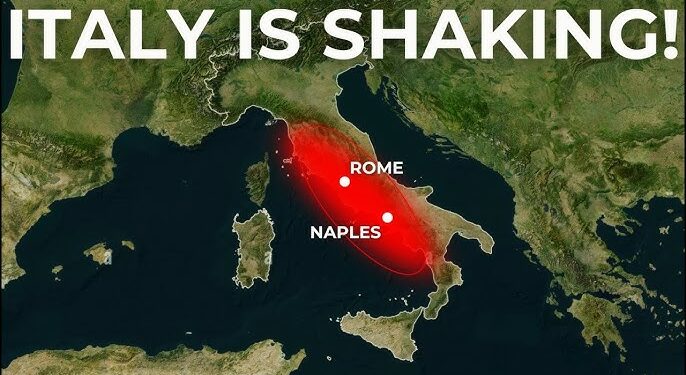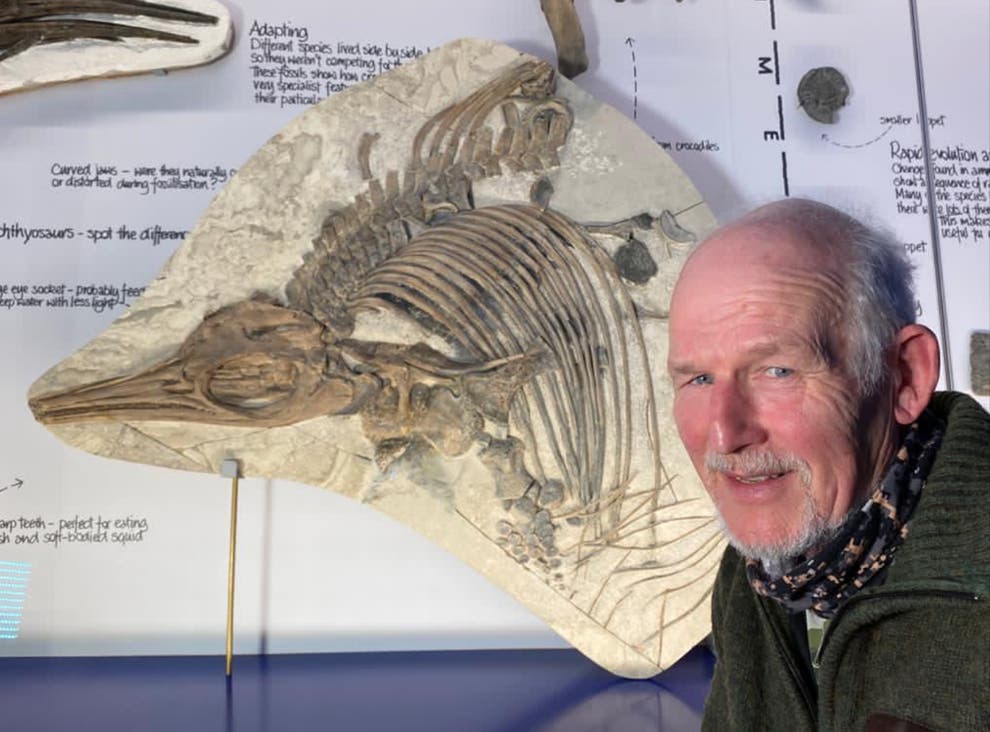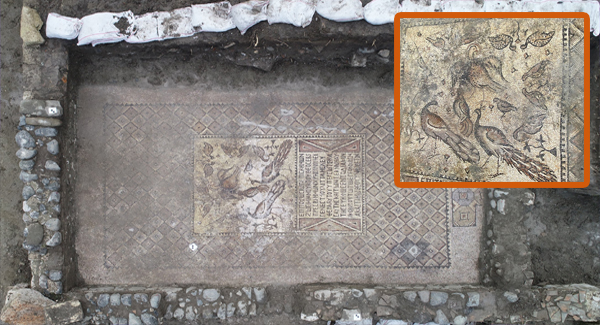Beneath the vibrant city of Naples and the scenic Gulf of Pozzuoli in southern Italy lies Campi Flegrei, a massive supervolcano far more powerful than its infamous neighbor, Mount Vesuvius. Unlike a towering volcanic peak, this hidden giant is a sprawling caldera—a cauldron-like crater formed by past cataclysmic eruptions. Capable of darkening skies and altering climates, Campi Flegrei is stirring, raising fears of a potential disaster that could dwarf Pompeii’s destruction. With 1.5 million people living atop this volatile volcanic field, scientists are closely monitoring its restless signals. Could this sleeping giant awaken, and what might that mean for Italy and the world?
Campi Flegrei: A Hidden Volcanic Behemoth
Campi Flegrei, meaning “burning fields” in Italian, is an 8-mile-wide volcanic complex west of Naples, marked by 24 craters, geysers, and sulfur vents. Unlike classic cone-shaped volcanoes, its caldera structure—formed when the ground collapses after a massive eruption—blends into the landscape, partly submerged under the Gulf of Pozzuoli and obscured by urban sprawl. Over 1.5 million people live in the region, with 500,000 residing directly within the caldera, making it one of Europe’s most dangerous volcanoes.
While Vesuvius, which buried Pompeii in AD 79, grabs attention, Campi Flegrei’s potential is far greater. Its largest eruption, the Campanian Ignimbrite 40,000 years ago, was Europe’s most powerful in 200,000 years, ejecting hundreds of cubic kilometers of ash and rock—nearly a trillion gallons of molten material. This VEI 7 eruption blanketed Europe in ash, likely triggering a “year without a summer” that plunged the continent into a climatic deep freeze, impacting early humans and Neanderthals.
What Makes a Supervolcano So Powerful?
A “supervolcano” describes a volcano capable of producing colossal eruptions, rated VEI 8 on the Volcanic Explosivity Index, expelling over 1,000 cubic kilometers of material—240 times the volume of Mount St. Helens’ 1980 eruption. These eruptions create vast calderas as the ground collapses into emptied magma chambers. Campi Flegrei’s largest blast was just below this threshold (VEI 7), but other supervolcanoes, like Yellowstone (2,450 cubic km, 2.1 million years ago) and Toba (2,800 cubic km, 74,000 years ago), reached VEI 8, cooling the planet by injecting ash and sulfur into the atmosphere.
Supervolcanoes derive their power from enormous magma chambers—tens of kilometers wide—that accumulate molten rock and volatile gases over millennia. Like a pressure cooker, the buildup of gas and magma creates immense pressure. If the overlying rock fractures, the chamber can erupt explosively, blasting billions of tons of ash and pumice into the stratosphere. While most eruptions at supervolcanoes are smaller, their rare mega-eruptions can reshape climates and ecosystems.
A Restless Past: The 1538 Eruption
Campi Flegrei’s most recent eruption in 1538 was modest by its standards but dramatic nonetheless. After centuries of ground swelling—a sign of mounting pressure—the caldera erupted for eight days, spewing ash and lava that buried a village and formed Monte Nuovo (“New Mountain”). This VEI 3 event relieved some pressure, and the volcano has been quiet since. However, Campi Flegrei is far from dormant, showing signs of unrest that keep scientists on edge.
Signs of Awakening: Earthquakes and Uplift
Since the 1950s, Campi Flegrei has exhibited bradyseism—slow ground uplift caused by subsurface pressure. In the early 1980s, Pozzuoli, at the caldera’s center, rose several feet, accompanied by earthquake swarms that damaged buildings. Thousands were evacuated amid fears of an imminent eruption, but the ground subsided, averting disaster. Today, Pozzuoli is rising by about 4 inches annually, with a total uplift of 13 feet since the 1950s. Frequent tremors and rising volcanic gas emissions suggest magma is heating up below.
In 2012, Italy raised Campi Flegrei’s alert level to yellow, signaling active monitoring. A network of sensors, satellites, and cameras tracks every quake and gas release. Recent studies warn that the volcano may be nearing a critical “degassing” point, where rock above the magma could fracture, potentially triggering an eruption. While not imminent, these signs indicate a restless giant.
What If Campi Flegrei Erupts?
The impact of an eruption depends on its scale, ranging from a minor lava flow to a catastrophic caldera-forming event. The most likely scenario in the near term is a moderate eruption (VEI 3-4), similar to 1538. Even this would be devastating due to the region’s dense population. Key risks include:
- Pyroclastic Flows: Fast-moving, superheated avalanches of ash and gas could devastate Pozzuoli and western Naples, threatening 200,000 people in the caldera’s “red zone.” These flows are often fatal and destroy structures.
- Ash Fall: A VEI 3 eruption could blanket Naples with ash, with 2.5 million people facing 2 cm of ashfall, disrupting transport and machinery. Some 144,000 could see 25 cm, enough to collapse roofs.
- Tsunamis: An eruption interacting with the Gulf of Pozzuoli could trigger waves, threatening coastal areas like Ischia.
- Volcanic Gases: Sulfur dioxide and carbon dioxide could cause acid rain, asphyxiation, or health risks. In 2017, a CO₂ release at Solfatara tragically killed visitors.
A larger eruption (VEI 6-7) could have global consequences, lofting ash into the stratosphere and causing temporary cooling, similar to Mount Pinatubo’s 1991 VEI 5 eruption. Ash clouds could ground European air travel, surpassing the 2010 Eyjafjallajökull disruption. In the worst case, a VEI 7 eruption could rival the Campanian Ignimbrite, plunging the region into chaos and affecting global climate.
Hope Amid the Risk
Not every unrest leads to catastrophe. Campi Flegrei could release pressure through minor eruptions or increased fumarolic activity, as it did post-1980s. Scientists and officials are preparing for the worst while hoping for a peaceful resolution. The volcano’s high-impact, low-probability nature makes planning complex, but monitoring and evacuation plans are in place.
A Dynamic Planet’s Reminder
Campi Flegrei is not likely to erupt tomorrow, but its restlessness demands attention. Its history of cataclysmic eruptions and current activity underscore its potential to disrupt lives locally and globally. For Naples’ residents and scientists worldwide, Campi Flegrei is a stark reminder of Earth’s dynamic power. Whether you’re captivated by volcanic mysteries or concerned about the Phlegraean Fields, this supervolcano urges us to stay vigilant, informed, and prepared for whatever it may unleash.























